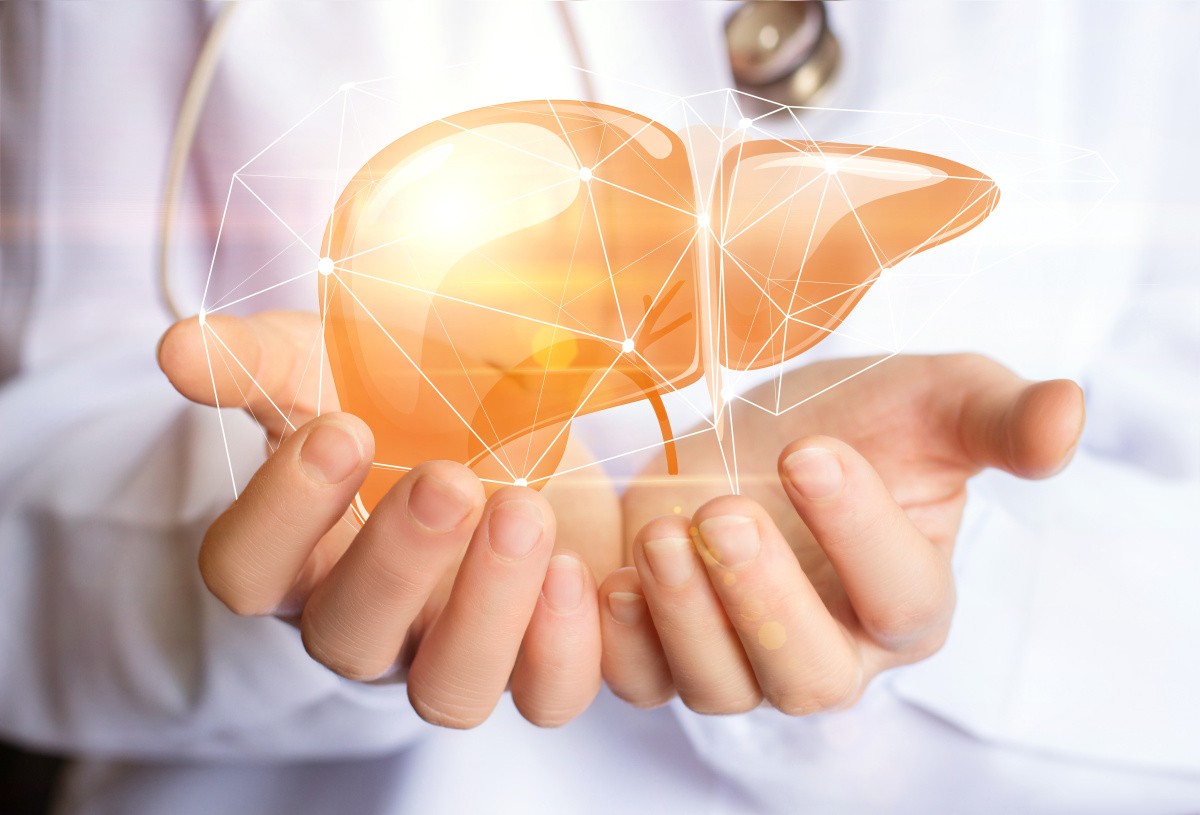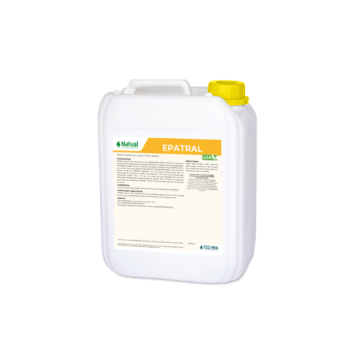Picture yourself driving a formula 1 at maximum speed. All lights are green... and suddenly… black out. What is the diagnosis? Just a clogged car filter. Now, imagine this scenario in the case of animal production: the filter maps to the animal liver, a central metabolic organ. The liver acts as a blood cleanser, detoxifier and plays a pivotal role for the proper functioning of animal organisms. If a liver begins functioning abnormally, what is the best course of action to take?
Decreased appetite, reduced feed intake, metritis, emergence of mastitis... an immediate approach to these issues often consists of using antibiotics or enriching the cow’s diet... Yet, it could be that liver failure is the central source of these ailments. Conclusion: better to treat the causes of such a problem than deal with the consequences.
The liver, actor of immunity: at the crossroads of metabolic organs
The liver is one of the largest and most sensitive organs, particularly in mammals. It receives a major part of intestinal blood and acts to regulate the blood glucose levels. Its primary functions are metabolic: maintenance of homeostasis, glucose and lipid energy. It is a place of storage of nutrients and it synthesizes plasma proteins.
The liver also favors the body’s creation of complex molecules (carbohydrates, proteins, glycoproteins) by precursors. This process is also referred to as anabolism. For example, gluconeogenesis synthesizing glucose from volatile fatty acids (VFA). There are other molecules that are created in the liver, such as cholesterol ; cholesterol is involved in the digestion of fats or steroid hormones that govern reproduction.
The liver ensures detoxification and excretion of endogenous and exogenous waste. It neutralizes toxic elements from the metabolism (bilirubin, ammonia, ketones) then transforms them into recycled nutrients and expels them via feces or urine. If the detoxification process does not function properly, toxic substances will accumulate in the liver; this build-up can hamper the various metabolic activities of hepatocytes.
A major actor of the immune system, the liver is the first barrier to all antigens. It contributes to the control of immune responses, of inflammation and of stress.
Toxins and fat, liver’s enemies
The liver is considerably affected in cases of dietary imbalance or too rapid feed transitions. This intense activity can lead to accumulation of waste and toxins (ketones ...). In the long term, these dejections can hinder the good functioning of the liver, or even block it. These disorders are manifested in two ways:
- liver and digestive discomfort: animals show a decrease of appetite, weakness in bile secretions and activation of pancreatic juices, leading to a deterioration in the absorption of intestinal contents;
an alteration of other liver functions: decrease of iron metabolism, red blood cells and fat soluble vitamins, slow AGV and glucose transfer, insufficient metabolism of urea and amino acids.
Hepatitis AGV overload creates a vicious circle. Accumulation and poor drainage of toxic elements cause poor feed and forage utilization, while poor detoxification increases congestion and can compromise the overall profitability of the farm.
Consequences of hepatitis overload on the immune system, livestock production and reproduction in farms
Let’s take the example of hepatitis in the dairy cow. During early lactation, this animal faces a huge challenge: the obligation to produce a considerable amount of milk within a very short period of time. A high potential cow’s milk yield averages 35 to 40 kg a day. However, in this high-stress period, the diet is not sufficient to cover all its needs. To take on this challenge, the animal must draw upon its own body reserves. If the demand is too high, its liver can become engorged with fatty acids. A steatosis or ketosis is likely to occur. What are the subsequent consequences? Should the liver no longer completely fulfill its anabolic function, the overall dairy production is likely to be impacted. Immune defenses are weakened as a result; leucocytes’ ability to migrate within the infected tissue and to fight against infections is impaired (mastitis). This can even affect the fertility of the cow, since the production and the transport of hormones are hampered.
Other animal species such as rabbits or poultry present high risks of chronic toxic accumulations poisoning. Their immune defenses could be weakened as a result. This weakening could lead to an alteration of the intestinal barrier and the microbiota, which can cause the emergence of specific types of diseases (coccidiosis in the rabbit, poultry enteric colibacillosis).
How to restore the balance of a sensitive liver
It is crucial that the liver be in good condition so that animals can stay in good health and show satisfactory growth performance. Any action designed to support, to detoxify and to protect liver functions can contribute to strengthening the overall health of this organ. Here are some possible actions:
- adjust diet by limiting abrupt feeding transitions; according to the animal’s stage of development;
- maintain the animal’s energy requirements so it is spared from a potential deficit and therefore, from an inadequate mobilization of its fat reserves;
- detoxify the liver and stimulate the animal’s appetite: some nutritional solutions based on plants with lipotropic, cholepoietic and cholagogic properties can contribute to stimulating liver function.
The liver proves to be the key organ to livestock productivity. However, it can only be useful when healthy, so risks of detoxification overload must be monitored. In cases of liver problems, it is possible to drain the organ effectively as treatment. Please do not hesitate to contact our experts with any questions or comments.



